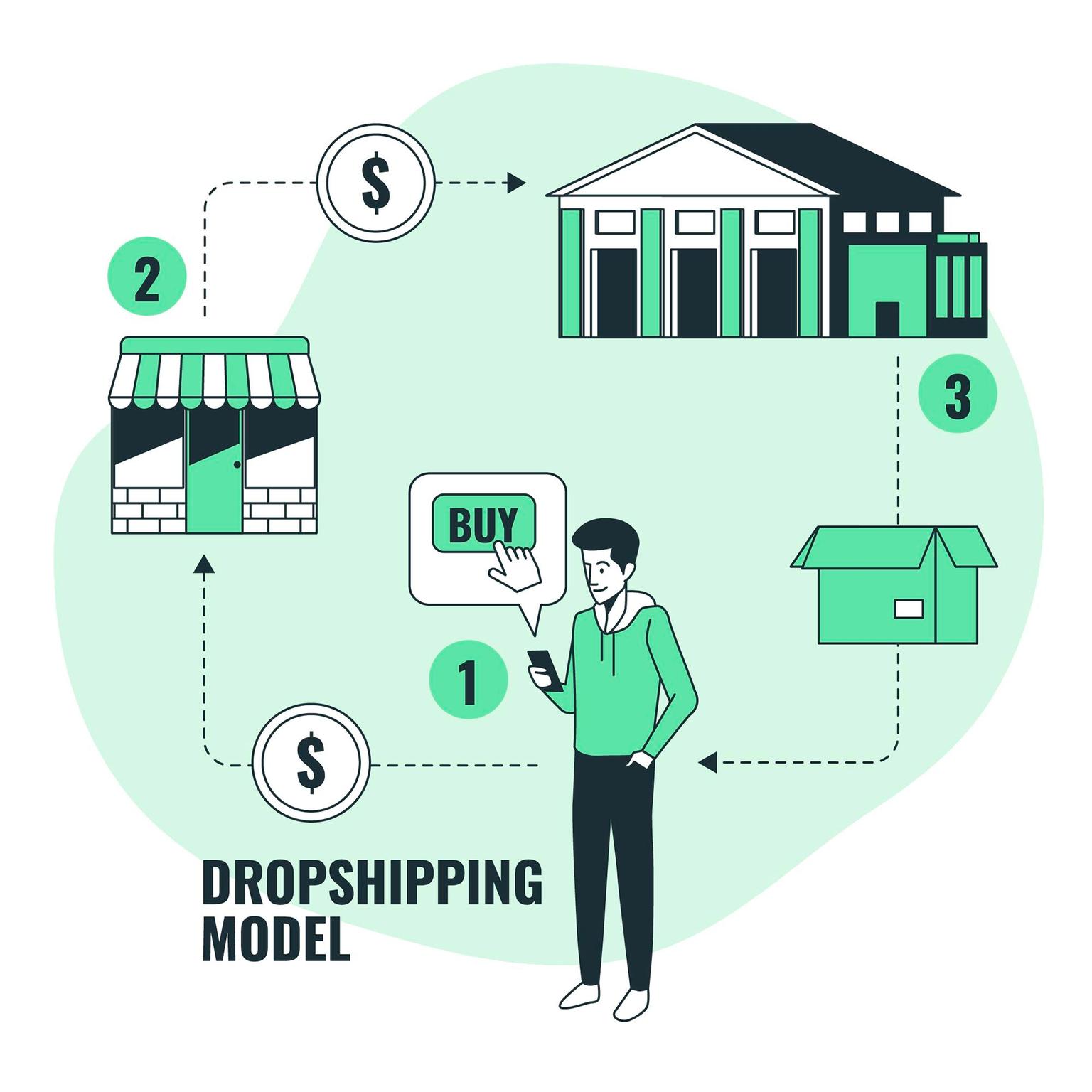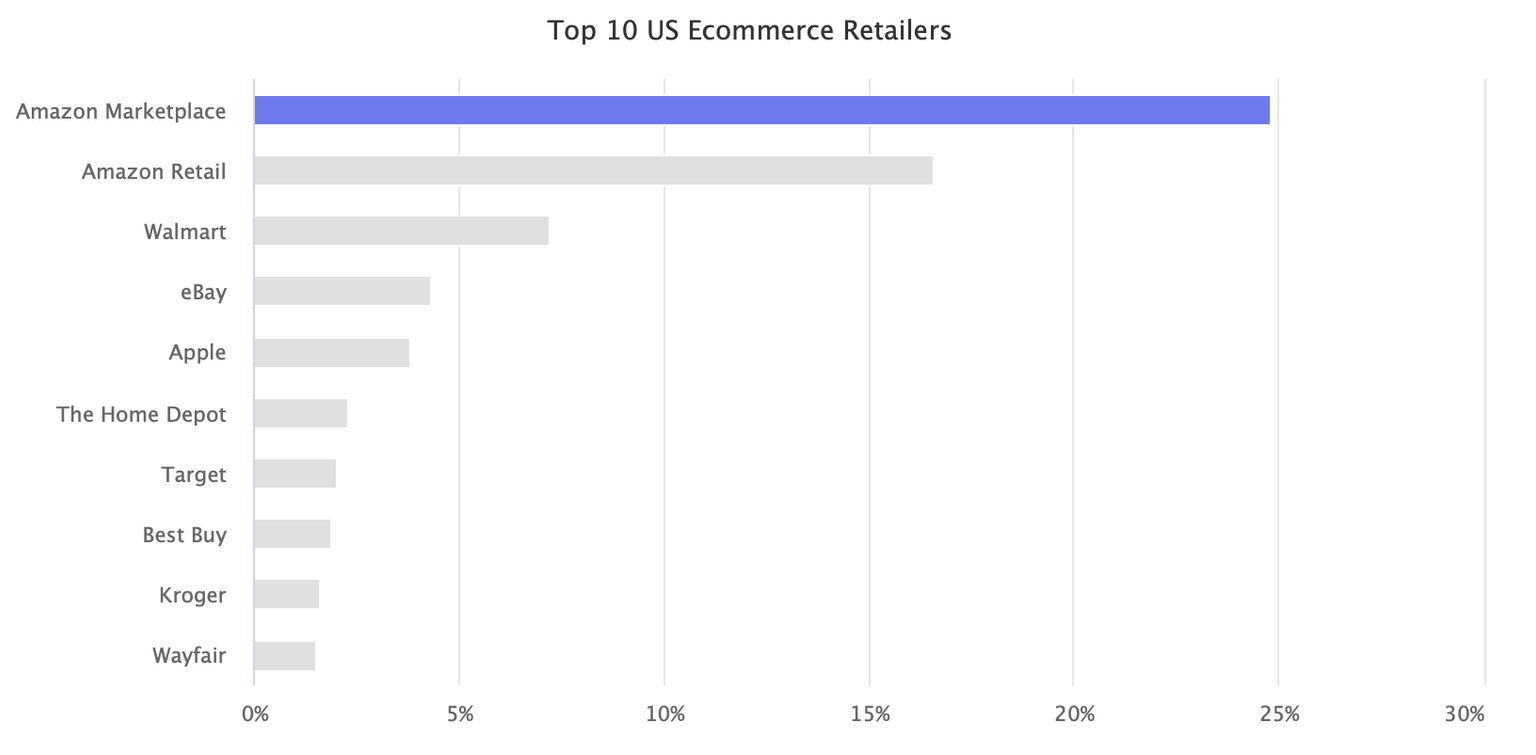Is Dropshipping Dead in 2024? AWM’s Dropshipping Guide for Beginners
Is dropshipping viable in today's market? Strategies for success in a competitive landscape.


People looking to start a dropshipping business may have one question in their mind: Is dropshipping dead? In other words, will I get any success if I start dropshipping in 2023?
The worldwide market size for dropshipping is expected to grow at a CAGR of 28.8% from 2019 to 2025. This growth can be attributed to the growing preference for online shopping, along with the increasing trend of cross-border eCommerce trade. By 2026, experts forecast that the dropshipping market size will be worth as much as $476.1 billion. To put things in perspective, this is more than 3.5 times its value in 2020 and a remarkable $347.5 billion of growth in just a matter of six years.

Source: Freepik
Due to this rapid growth in such a short period, the dropshipping industry has become highly saturated, with over a million active dropshippers worldwide. But does that mean it’s no longer a profitable business model? What can you do to make your dropshipping stand out among the tough competition?
In this guide, we share key tips about building a lucrative dropshipping business in 2023.
1. Choose the Right Niche & Products
Over 90% of dropshipping businesses fail during the first 30 days mainly because they choose the wrong niche. They don’t take the time to study the market and understand what’s trending and in demand in their area.
The success of your dropshipping store will depend on the type of products you sell through your platform. You can either open a general store where you sell several different products or opt for a niche store where you sell products related to a specific niche, such as homeware, pet supplies, or apparel.
A general store will allow you to add more profitable products to your store without any limitations of niche. Still, it can be competitive and lacks differentiation, making it difficult to attract loyal customers. On the other hand, a niche business will get you a limited audience, but you’ll have more chances of building a loyal customer base.
To source hidden gem products or niches, you can use Google Trends, social media platforms like TikTok, or specialized eCommerce software to scrape less saturated but highly converting items. Market analysis and following trends are key in every kind of dropshipping strategy, and it's also good to have a long-term vision over product selection based on consumer sentiment.
2. Choose the Right Dropshipping Platform
Once you’ve selected a niche, it’s time to choose a dropshipping platform. This step is critical as it can directly affect your ability to maximize profits and sales. Some popular dropshipping platforms are eBay, Amazon, Walmart, and Shopify. Every platform has its own pros and cons, so it’s best to research each before making any decision.
Currently, Amazon marketplace continues to be the leading platform, with a roughly 25% market share of the total US eCommerce spending. Following Amazon are Shopify (10%), Walmart (7%), and eBay (4%).

Source: Marketplace Pulse
3. Build & Market Your Online Store
The next step is to build the store itself. This involves designing your storefront, creating product categories, adding products, and more. You’ll also want to add apps to automate certain processes (like order processing and email marketing) and supercharge your conversions.
To stand out in your market, you may want to put extra effort into your marketing and advertising efforts when building your dropshipping business plan. Some of the ways you can promote your business are paid ads on social media and Google, influencer marketing, and content marketing.
Generally, some knowledge of SEO and PPC is essential for every dropshipper to ensure constant sales. Moreover, keyword and competition analysis and a defined marketing strategy are also vital even before thinking about establishing the store and the operations itself.
4. Analyze & Improve Your Offering
After you’ve been marketing and managing your dropshipping business for some time, you can start looking at the results of your hard work. You can leverage the analytics tool of your eCommerce platform to identify your best-performing channels, bestselling products, profit margins, and customer behavior.
You can also use tools like Google Analytics and Search Console to measure search traffic over time and enhance your search engine optimization (SEO) efforts. Moreover, if you’re using a third-party app for your social media marketing, check the reports every month to ensure your overall strategy is working for your business.
Launch a Profitable Wholesale Business Today
The golden era of dropshipping, where everyone could sell anything, is obviously not present. Today, more sophisticated strategies and approaches have emerged that require sellers to adapt. And that’s mainly because the market is supersaturated.
Therefore, it’s especially important to go the extra mile and leverage social media outlets to find hidden gem products, have good and trustworthy suppliers, and have a conscious approach to marketing the product. You’ll also want to improve your selection, enhance visibility, and have a smart marketing strategy. However, instead of going your own way and building from scratch, it’s easier to leverage platforms and teams like ours.
At AWM, we’ll help you through the initial business credit building and company creation up until the management of your marketplace storefronts. With our years of hands-on industry experience, we’ve secured the path of many 8-figure online businesses by scaling them consciously and sustainably. You could be one of them. Schedule a call to speak to our dropshipping experts.